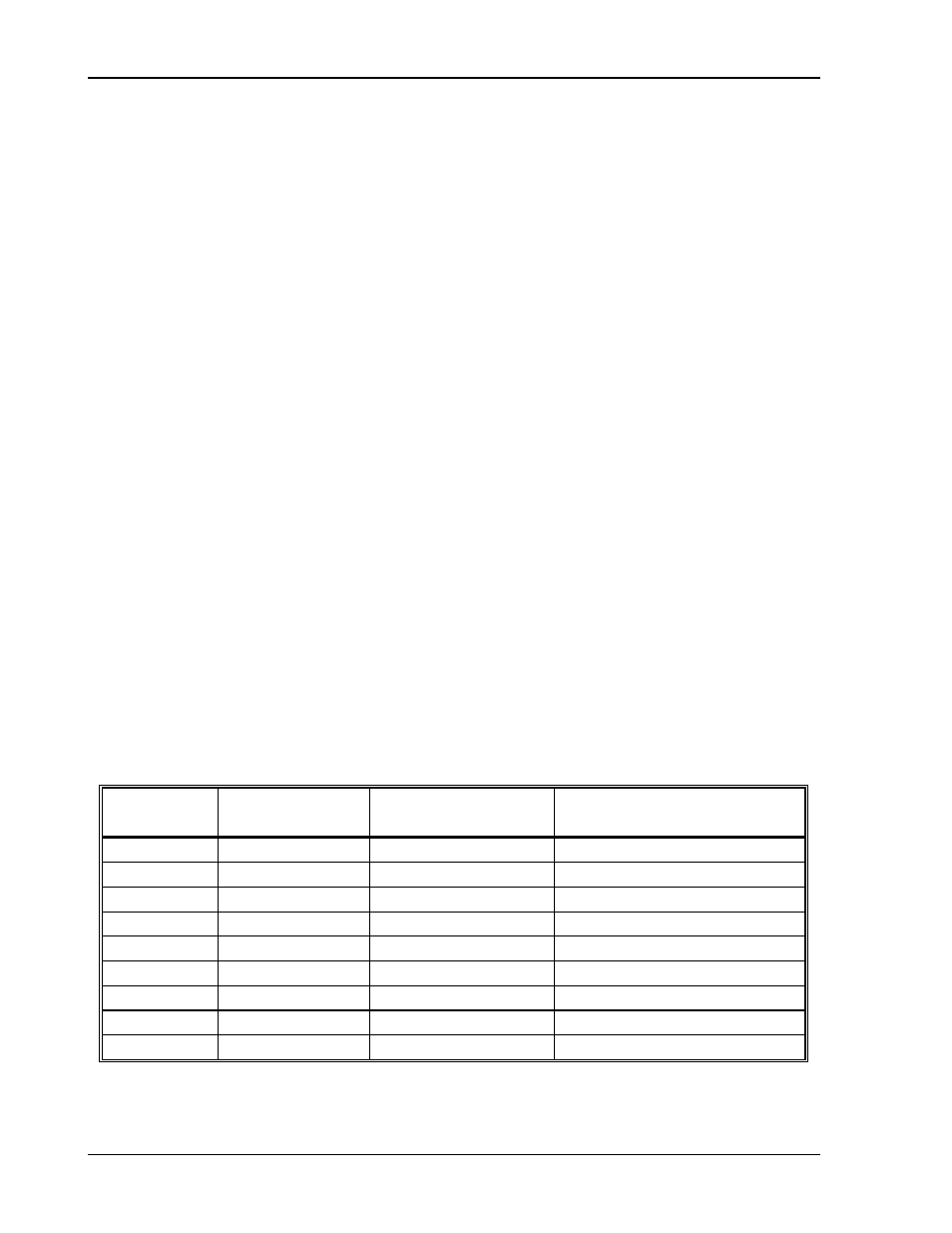2 wire gauge selection, 2 wire gauge selection -2, Table 3–1 recommended wire gauge selection guide – AMETEK CW-P User Manual
Page 24

Installation
Elgar CW-P Series
2-2
Operation Manual
2.2 Wire Gauge Selection
The following guidelines assist in determining the optimum cable specification for
your power applications. These guidelines are equally applicable to both DC and low
frequency AC (up to 450 Hz) power cabling. The same engineering rules apply whether
going into or out of an electrical device. Thus, this guide applies equally to the input
cable and output cable for this Elgar instrument and application loads.
Power cables must be able to safely carry maximum load current without overheating
or causing insulation destruction. It is important to everyday performance to minimize
IR (voltage drop) loss within the cable. These losses have a direct effect on the quality
of power delivered to and from instruments and corresponding loads.
When specifying wire gauge, the operating temperature needs to be considered. Wire
gauge current capability and insulation performance drops with the increased
temperature developed within a cable bundle and with increased environmental
temperature. Thus, short cables with generously derated gauge and insulation
properties are recommended for power source applications.
Avoid using published commercial utility wiring codes, which are designed for the
internal wiring of homes and buildings. Although these codes accommodate the safety
factors of wiring loss, heat, breakdown insulation, aging, etc., they consider that up to
5% voltage drop is acceptable. Such a loss directly detracts from the quality
performance specifications of this Elgar instrument. Frequently, these codes do not
consider bundles of wire within a cable arrangement.
In high performance applications, as in motor start-up and associated inrush/ transient
currents, additional consideration is required. The cable wire gauge must consider
peak voltages and currents that may be up to ten times the average values. An
underrated wire gauge adds losses that alter the inrush characteristics of the
application and thus the expected performance.
Table 3–1 identifies popular ratings for DC and AC power source cable wire gauges.
Column 1
Size (AWG)
Column 2
Amperes (Max)
Column 3
Ohms/100 ft (1 way)
Column 4
IR Drop/100 ft (Col 2 x Col 3)
14
15
0.257
3.85
12
20
0.162
3.24
10
30
0.102
3.06
8
40
0.064
2.56
6
55
0.043
2.36
4
70
0.025
1.75
2
95
0.015
1.42
1/0
125
0.010
1.25
3/0
165
0.006
1.04
Table 3–1 Recommended Wire Gauge Selection Guide
